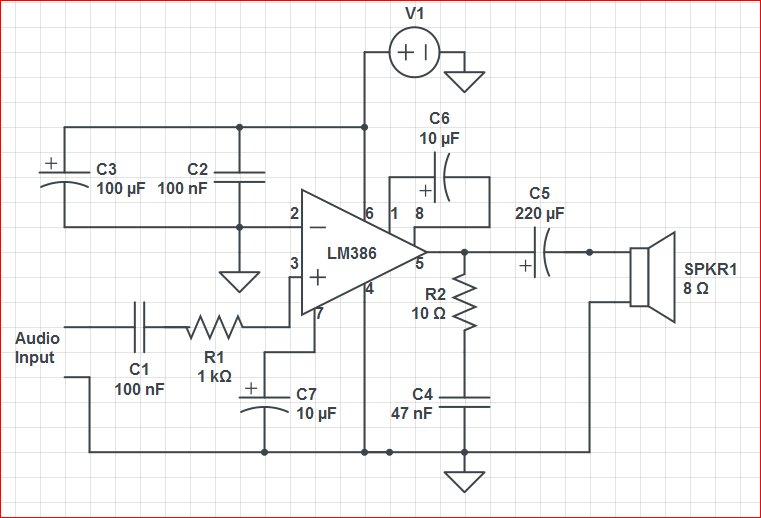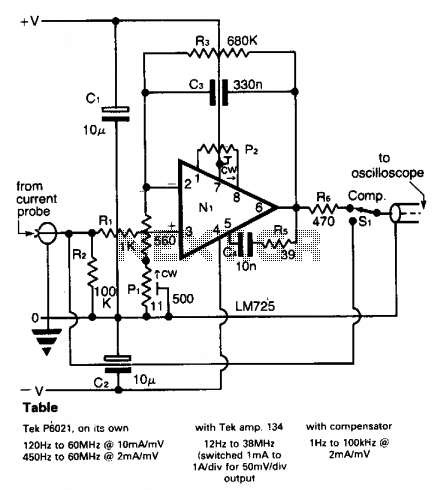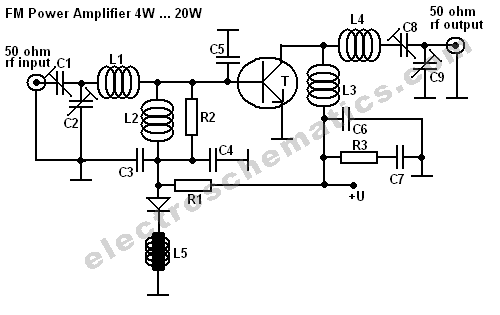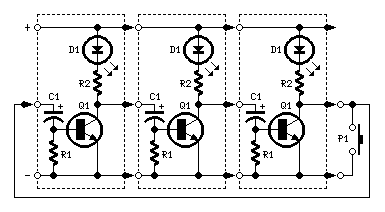
The Orange Amp Mods page
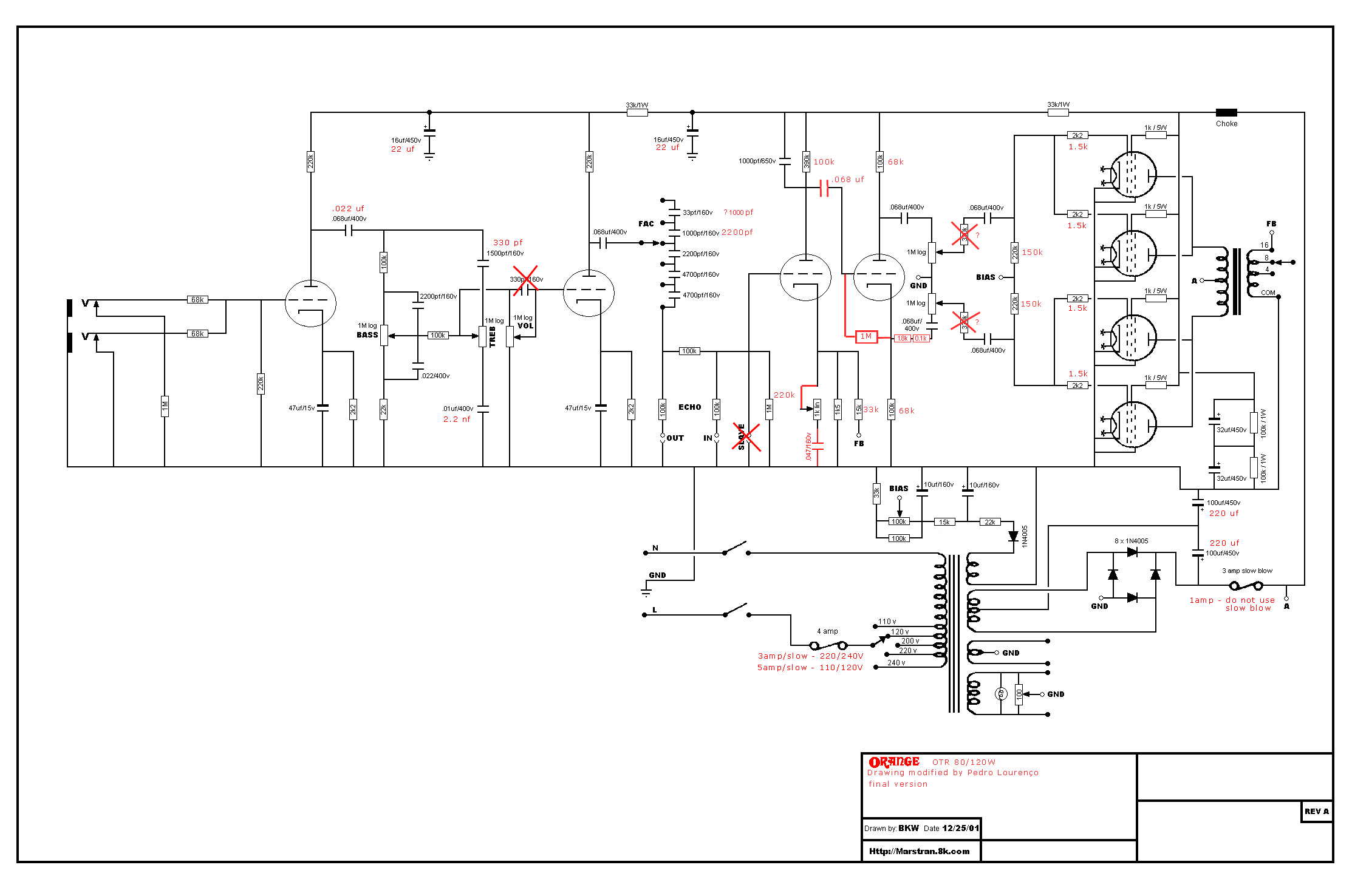
Avoid drilling extra holes and making modifications to the chassis and PCBs, as this will reduce the value of the amplifier and prevent restoration to its original state. It is advisable to take pictures of the amplifier's original condition for reference when restoring it. In discussions on Ampage threads and the PlexiPalace BBS, some users recommend biasing Orange amplifiers at 32-34 mA. Amperex suggests approximately 35 mA per tube, or 30-33 mA if the plate voltage exceeds 560V. A common issue in the US is that the power transformer (PT) may not be suitable for current mains voltages, leading to excessively high plate voltages that can cause premature tube wear and increased risk of arcing in Orange amplifiers. Vintage models lack a standby switch, and while some users advocate for adding one, others appreciate the vintage character of the original design. Additionally, the voltage ratings on the back of the amplifiers are intended for UK mains voltages (220-240V), which means that in the US, fuses must be rated higher due to the same power consumption across different mains voltages. Orange offers replacement PTs for the AD140 model as upgrades for the 120W output transformers (OTs). Axiom Transformers and Mercury Magnetics provide replacement transformers for Orange amps and also offer rewinding services for original transformers. Rubytubes, a German company, offers replacements for the OR120 OT and PT, with reasonable pricing. Shinrock, another German manufacturer, has announced plans for Orange replacements but currently lists no products. One configuration noted involves using a 12AU7 tube for a cleaner sound in the first channel and a 12AX7 in the second channel, yielding favorable results. The Orange amplifier has a notably darker tone with a tight low end, and various tube configurations have been tested, with Mullard tubes preferred in the gain stage and RCA EL84s performing best in the power stage, although they are becoming scarce. A NOS Philips rectifier is used for smooth DC conversion. Caution is advised when modifying tube amplifiers due to the high voltage levels present, which can be lethal. The inclusion of a standby switch allows tubes to warm up before receiving full voltage, potentially extending their lifespan. However, excessive wear on tubes should not be overstated. For those using NOS Mullards, a standby switch may be beneficial. It is recommended to avoid damaging the amplifier by drilling new holes, with one suggestion being the installation of a switch in the existing Slave Out jack hole, allowing for restoration if necessary.
The design and operation of tube amplifiers, such as those produced by Orange, are intricately tied to their components and configurations. The importance of maintaining the original chassis and PCB integrity cannot be overstated, as modifications can lead to irreversible changes that diminish both functionality and collector value. The biasing of tubes is critical in achieving optimal performance; recommendations for biasing Orange amplifiers at 32-34 mA are based on balancing performance with longevity. The advisement to monitor plate voltage levels is essential, particularly in the context of older transformers that may not accommodate modern mains voltages, which can lead to excessive wear on tubes and potential arcing.
The absence of a standby switch in vintage designs is a point of contention among users. While some argue for retrofitting a standby switch to enhance tube longevity, others appreciate the authenticity of the original design. The safety warnings regarding high voltage levels within tube amplifiers are imperative; any modifications should only be undertaken by experienced individuals familiar with the necessary precautions.
Replacement components, such as those provided by Axiom Transformers, Mercury Magnetics, and Rubytubes, offer avenues for restoring or upgrading amplifiers without compromising their original design. The careful selection of tubes, including the use of Mullard and RCA varieties, plays a significant role in achieving the desired tonal characteristics. The use of a NOS rectifier can further enhance performance by ensuring stable and smooth operation.
Overall, maintaining the integrity of the amplifier while considering its operational parameters and potential upgrades can lead to an enhanced musical experience, preserving both the sound quality and the amplifier's value in the long term.Avoid drilling extra holes and making changes to the chassis and pcbs by all means. This will decrease the value of your amp since you will not be able to restore it to the original state anymore. Make sure to take pictures of the original state of the amp, so you are able to restore the amp back to a working state.
In the Ampage threads and at the PlexiPalace BBS I found some people recommending to bias Oranges at 32-34 mA. Amperex recommends about 35 Ma`s per tube, but 30-33 if your plate voltage is over 560V. Frequently occurring in the US: the PT is not suited for todays Mains voltages. That is why the tubes get plate voltages that are way too high. The amp doesn`t operate at the voltages it was meant to. This may cause early wearing out of tubes. There is also some arcing risk in Oranges which is certainly not improved by these higher voltages. Solution No standby switch on vintage versions: since Oranges use SS rectifiers this is certainly one of their weak points. Some people insist on adding a standby switch, others say it`s part of the vintage charm not to have it.
Fuses blowing in the US: the voltage ratings on the back of the amps are for UK mains voltages (220-240Volts). Evidently the power consumption of the amp is the same no matter on what mains voltage it is running.
Since power consumption equals mains voltage times drawn current, fuses in the US have to be rated higher than in the UK. 2. Orange also sells the AD140 PTs as replacements for the 120s; they are a bit larger but are offered by Orange as excellent replacements for the 120W OTs.
3. Axiom Transformers/Mercury Magnetics sells replacement transformers fro Orange amps and also rewinds original transformers. Check the size of the Axiom/Mercury transformers, they are said to quite large. 4. Rubytubes is German shop that offers a OR120 replacement OT and PT. Follow "Produkte" and then "Ausgangsubertrager Orange 120" for the OT. Follow "Produkte" and "Netztrafo Orange 120. " for the PT. Prices seem reasonable. 5. Shinrock is a German replacement transformer manufacturer. He has reserved some space for Orange replacement on his sites but no products are mentioned yet. I`ve tube the first channel with a 12AU7 for a cleaner sound and the second channel is a 12AX7. I`ve not had a single problem with it, it sounds great. It sits next to a 1968 JMI TB retrofit and they complement each other quite well. The Orange is signifigantly darker in tone with a rather tight low end. I`ve tried just about every damn tube configuration in it and it seems to like Mullard In the gain stage of both channels and Telefunken Smooths in the rest of the preamp stage.
RCA el84`s have sounded the best in the power half but their becoming harder to find so right now its got EI`s in it. For the rectifier it has a NOS Philips that keeps the DC conversion quiet and smooth. WARNING! MODIFYING ANY TUBE AMP INVOLVES OPENING UP THE AMP AND EXPOSING YOURSELF TO DANGEROUS VOLTAGE LEVELS!
IF YOU ARE NOT EXPERIENCED WITH THE PROPER SAFETY PRECAUTIONS FOR WORKING WITH THESE DANGEROUS VOLTAGE LEVELS, TAKE YOUR AMP TO A PROFESSIONAL TO HAVE THE WORK DONE. THE VOLTAGES INSIDE A TUBE AMP CAN KILL YOU IN AN INSTANT! THE DANGERS INSIDE A TUBE AMP ARE REAL AND THEY ARE SERIOUS! IF IN DOUBT, LEAVE THE WORK TO A PROFESSIONAL. For a good understanding: the standby switch enables your tubes to warm up before they get the full 500V on their plates.
This increases the life of your tubes. Nevertheless to wearing of the tubes should not be exaggerated either. But if you only run NOS Mullards, it can be a useful option to put a standby switch in. DO NOT DAMAGE THE AMP BY DRILLING AN EXTRA HOLE. One suggestion I have read is the addition of the switch in the hole of the Slave Out jack(by Amperex). This way you can still restore the amp if wanted. Best practice: Remove the Slave Output (rarely used anyway). Put a DPDT switch in. Remove the connection b 🔗 External reference
The design and operation of tube amplifiers, such as those produced by Orange, are intricately tied to their components and configurations. The importance of maintaining the original chassis and PCB integrity cannot be overstated, as modifications can lead to irreversible changes that diminish both functionality and collector value. The biasing of tubes is critical in achieving optimal performance; recommendations for biasing Orange amplifiers at 32-34 mA are based on balancing performance with longevity. The advisement to monitor plate voltage levels is essential, particularly in the context of older transformers that may not accommodate modern mains voltages, which can lead to excessive wear on tubes and potential arcing.
The absence of a standby switch in vintage designs is a point of contention among users. While some argue for retrofitting a standby switch to enhance tube longevity, others appreciate the authenticity of the original design. The safety warnings regarding high voltage levels within tube amplifiers are imperative; any modifications should only be undertaken by experienced individuals familiar with the necessary precautions.
Replacement components, such as those provided by Axiom Transformers, Mercury Magnetics, and Rubytubes, offer avenues for restoring or upgrading amplifiers without compromising their original design. The careful selection of tubes, including the use of Mullard and RCA varieties, plays a significant role in achieving the desired tonal characteristics. The use of a NOS rectifier can further enhance performance by ensuring stable and smooth operation.
Overall, maintaining the integrity of the amplifier while considering its operational parameters and potential upgrades can lead to an enhanced musical experience, preserving both the sound quality and the amplifier's value in the long term.Avoid drilling extra holes and making changes to the chassis and pcbs by all means. This will decrease the value of your amp since you will not be able to restore it to the original state anymore. Make sure to take pictures of the original state of the amp, so you are able to restore the amp back to a working state.
In the Ampage threads and at the PlexiPalace BBS I found some people recommending to bias Oranges at 32-34 mA. Amperex recommends about 35 Ma`s per tube, but 30-33 if your plate voltage is over 560V. Frequently occurring in the US: the PT is not suited for todays Mains voltages. That is why the tubes get plate voltages that are way too high. The amp doesn`t operate at the voltages it was meant to. This may cause early wearing out of tubes. There is also some arcing risk in Oranges which is certainly not improved by these higher voltages. Solution No standby switch on vintage versions: since Oranges use SS rectifiers this is certainly one of their weak points. Some people insist on adding a standby switch, others say it`s part of the vintage charm not to have it.
Fuses blowing in the US: the voltage ratings on the back of the amps are for UK mains voltages (220-240Volts). Evidently the power consumption of the amp is the same no matter on what mains voltage it is running.
Since power consumption equals mains voltage times drawn current, fuses in the US have to be rated higher than in the UK. 2. Orange also sells the AD140 PTs as replacements for the 120s; they are a bit larger but are offered by Orange as excellent replacements for the 120W OTs.
3. Axiom Transformers/Mercury Magnetics sells replacement transformers fro Orange amps and also rewinds original transformers. Check the size of the Axiom/Mercury transformers, they are said to quite large. 4. Rubytubes is German shop that offers a OR120 replacement OT and PT. Follow "Produkte" and then "Ausgangsubertrager Orange 120" for the OT. Follow "Produkte" and "Netztrafo Orange 120. " for the PT. Prices seem reasonable. 5. Shinrock is a German replacement transformer manufacturer. He has reserved some space for Orange replacement on his sites but no products are mentioned yet. I`ve tube the first channel with a 12AU7 for a cleaner sound and the second channel is a 12AX7. I`ve not had a single problem with it, it sounds great. It sits next to a 1968 JMI TB retrofit and they complement each other quite well. The Orange is signifigantly darker in tone with a rather tight low end. I`ve tried just about every damn tube configuration in it and it seems to like Mullard In the gain stage of both channels and Telefunken Smooths in the rest of the preamp stage.
RCA el84`s have sounded the best in the power half but their becoming harder to find so right now its got EI`s in it. For the rectifier it has a NOS Philips that keeps the DC conversion quiet and smooth. WARNING! MODIFYING ANY TUBE AMP INVOLVES OPENING UP THE AMP AND EXPOSING YOURSELF TO DANGEROUS VOLTAGE LEVELS!
IF YOU ARE NOT EXPERIENCED WITH THE PROPER SAFETY PRECAUTIONS FOR WORKING WITH THESE DANGEROUS VOLTAGE LEVELS, TAKE YOUR AMP TO A PROFESSIONAL TO HAVE THE WORK DONE. THE VOLTAGES INSIDE A TUBE AMP CAN KILL YOU IN AN INSTANT! THE DANGERS INSIDE A TUBE AMP ARE REAL AND THEY ARE SERIOUS! IF IN DOUBT, LEAVE THE WORK TO A PROFESSIONAL. For a good understanding: the standby switch enables your tubes to warm up before they get the full 500V on their plates.
This increases the life of your tubes. Nevertheless to wearing of the tubes should not be exaggerated either. But if you only run NOS Mullards, it can be a useful option to put a standby switch in. DO NOT DAMAGE THE AMP BY DRILLING AN EXTRA HOLE. One suggestion I have read is the addition of the switch in the hole of the Slave Out jack(by Amperex). This way you can still restore the amp if wanted. Best practice: Remove the Slave Output (rarely used anyway). Put a DPDT switch in. Remove the connection b 🔗 External reference
